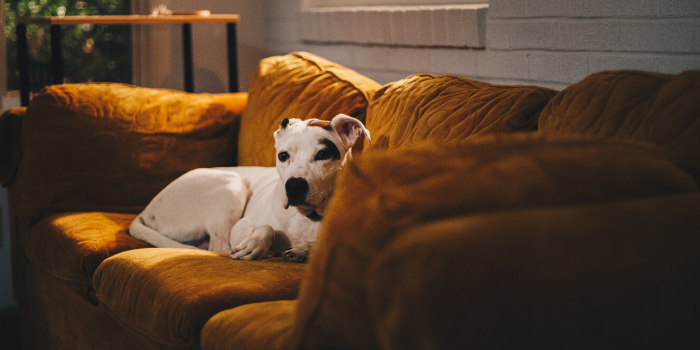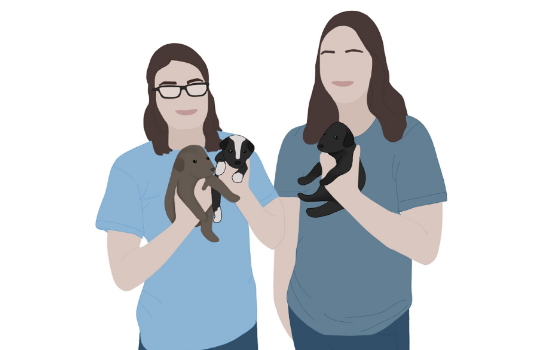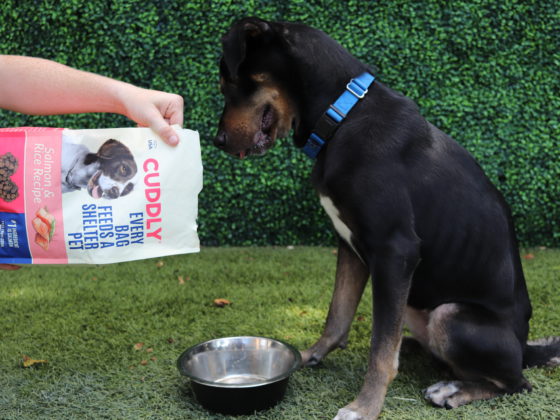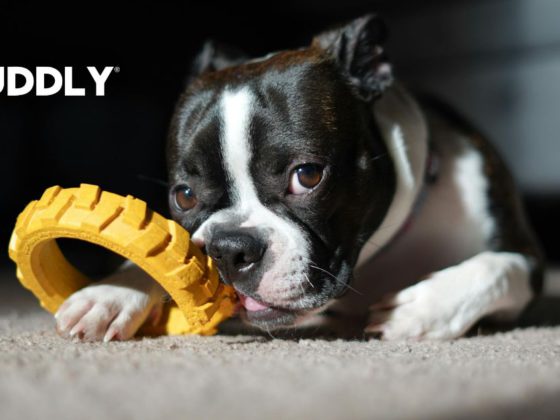Summer is, by far, one of my favorite seasons. The warm weather makes everyday the perfect day for an outdoor activity. However, with the increasing temperatures comes an influx in the flea population.
Check out our tips on treating your home and pet for fleas and finally say “Bye Flea-cia!”
First things first. Find the right product.
“Why does my pet still have fleas after giving them flea treatment?”
We’ve all been there. You buy a cheap or generic flea control and not 24 hours after administering it, the fleas are back. In this case, I would urge you to check your designated flea treatment, because not each one is equal. What works for one pet may not necessarily work for another. It’s recommended to consult with your veterinarian on the best method of treatment for your specific pet.
In my own experience, I do find that oral medications work best. They are less messy and, as most are flavored and chewable, easier to administer than sticky gel. It’s also more safe to go with oral medications if you live in a multiple pet household, where the topical application on one pet can be easily accessible to the other.
Medical Note: There are certain medications that must be used cautiously depending on the medical conditions of your pet. If your pet suffers from Kidney Disease, Seizures, or Liver Disease, please consult with your veterinarian before starting any flea control to ensure you’re providing the safest option possible.
However, if you are confident that your product is not the issue, then I urge you to look at your household.

Treat your environment.
Seeing fleas is not always an indication that your flea treatment isn’t working. But rather, an indication that your pet is in an environment where fleas are currently living.
As most medications can’t prevent fleas from landing on your pet’s skin, seeing them after treating for them is a clear sign that they’d invaded your environment.
This is one of the most important aspects in fighting off fleas because while you can be consistent with flea control, you will continue to see fleas in your home if you leave it untreated.
Have no fear though. There is a way to safely treat your home.
For loose materials (sheets, blankets, pillows, etc)
Wash any and all cloth-like materials in warm water and soap. While there are many flea-busting formulas out there, Original Dawn Soap is a great and safe alternative to use during these cleaning sessions.
For stationary materials (carpets, rugs, couches, etc)
As you cannot throw those into the wash, flea-suffocating powder is the best solution. This powder, which can be found at any local pet store, is typically non-toxic and works by suffocating living fleas and their larva. After you’ve treated such areas and allowed the powder to settle, you can then vacuum the area to get rid of the now-dead parasites.
(Be sure to empty your dust-pan after)
You’ll find a few more suggestions for your apartment-dwelling pet here.
Groom regularly.
“How did the fleas get into my home?”
There are SO many ways – so many in fact, that preventing them from coming into your home can seem like a never-ending battle. Frequent visits to the park, walks, play-dates with other animals – all of these can result in a parasitic home invasion even if your pet in on a consistent flea control regime. After all, flea control is not a cure for fleas. Rather, they are preventatives that help your pet’s body keep away parasites.
We all love enjoying the outdoors with our pets, so it’s important that you wash your pet after days out to help minimize the amount of parasites brought in.
Word of caution: Please purchase any and all flea controls with caution.
Not everyone is created with your pets best interest in mind. While there are some who swear by their usual generic or natural brands, I’ve seen many of these cause severe allergic and toxicity reactions. If you are uncertain of a brand or type of product, please consult with your pet’s veterinarian before administering.














